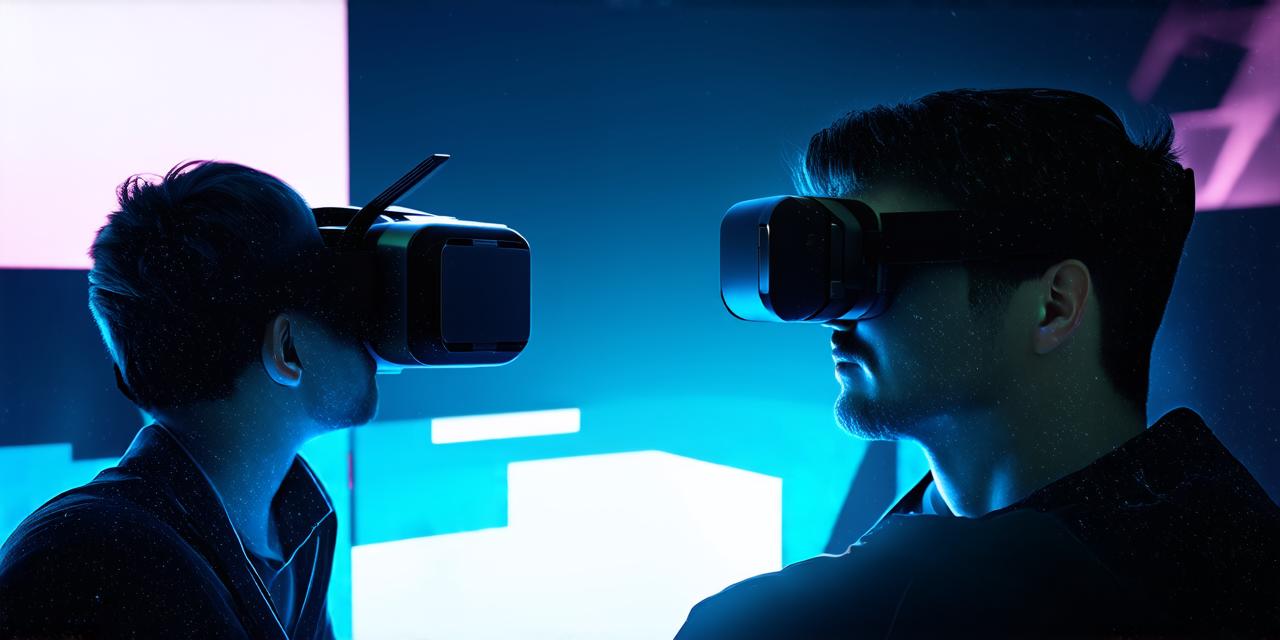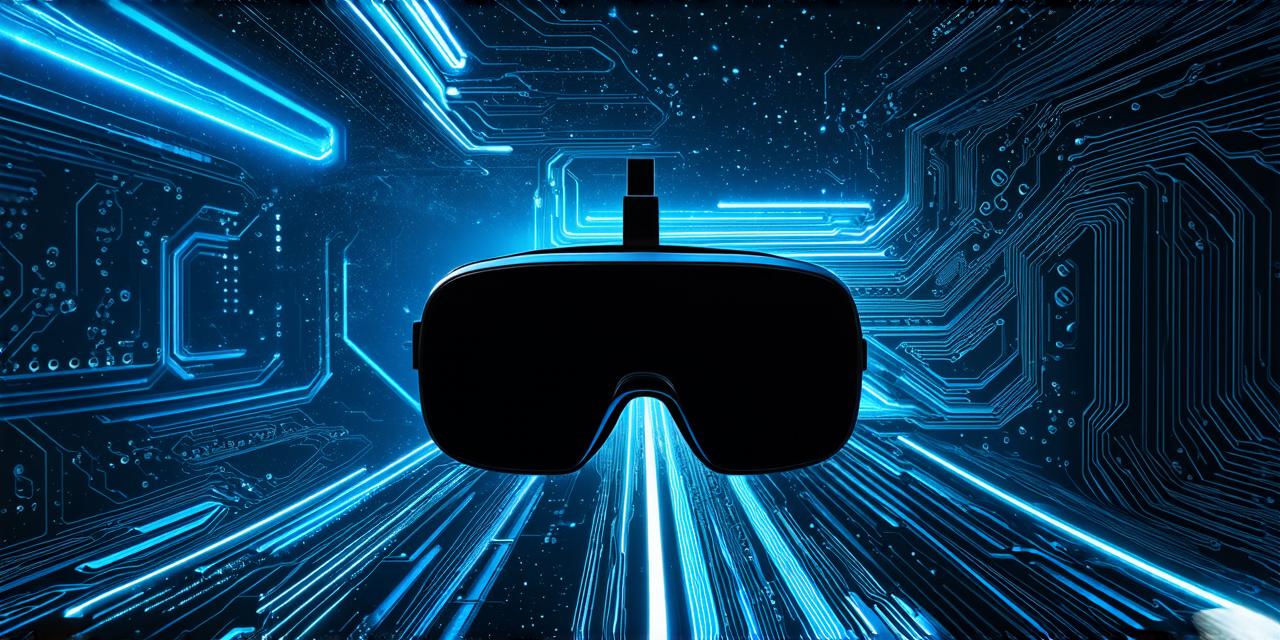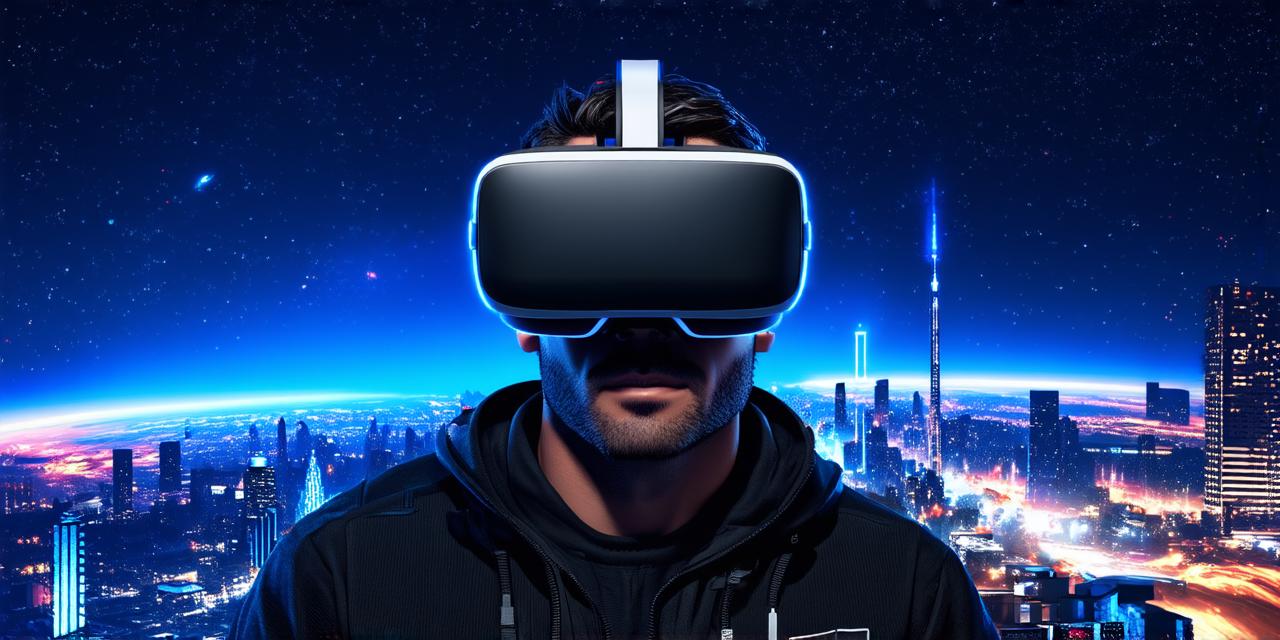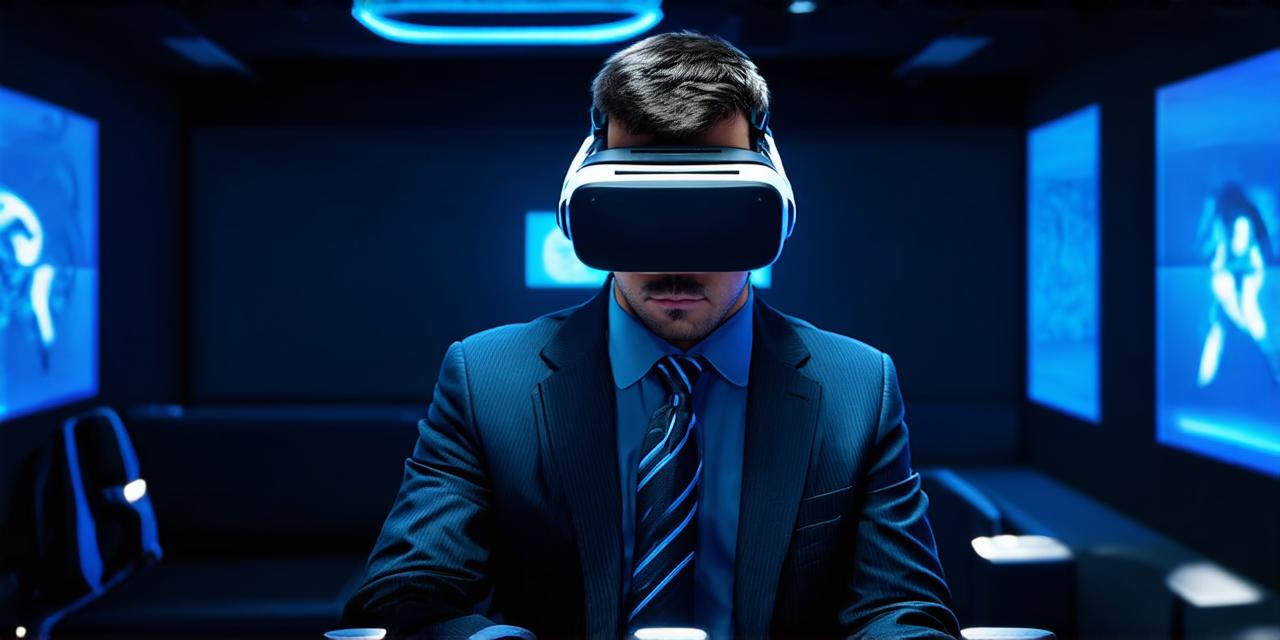Virtual Reality: An Overview
Virtual reality (VR) has been around for decades, but it wasn’t until recently that it became widely accessible and affordable. This technology has quickly gained popularity in various industries, including gaming, education, healthcare, and entertainment.
Benefits of Virtual Reality in AR Development
1. Enhanced Learning
Virtual reality offers an immersive learning experience that is highly engaging. It allows users to learn new skills and concepts by interacting with them in a simulated environment. This technology has been used extensively in education, where it has been shown to improve student engagement, retention, and performance.
2. Improved Training
Virtual reality offers an effective way to train employees in a safe and controlled environment. It allows users to simulate real-world scenarios without the risk of injury or damage to equipment. This technology has been used extensively in industries such as military, aviation, and construction, where it has been shown to improve employee performance and reduce errors.
3. Enhanced Creativity
Virtual reality offers an immersive environment that allows users to explore new ideas and concepts. It provides a safe space for artists, designers, and other creatives to experiment with new techniques and styles without the constraints of reality. This technology has been used extensively in the gaming industry, where it has allowed game developers to create highly immersive and engaging experiences.
4. Cost Savings
Virtual reality offers a cost-effective way to train employees, simulate real-world scenarios, and test new products. It reduces the need for expensive equipment, travel, and other resources that can be difficult to obtain or afford. This technology has been shown to save companies millions of dollars each year by improving efficiency and reducing errors.
Real-Life Examples
1. Virtual Reality in Healthcare
Virtual reality is being used extensively in healthcare to improve patient outcomes and reduce costs. For example, medical students can use VR simulations to practice surgical procedures, while patients can use VR therapy to manage chronic pain and anxiety. This technology has been shown to be highly effective in reducing the need for opioids and other addictive medications, as well as improving patient satisfaction and reducing healthcare costs.
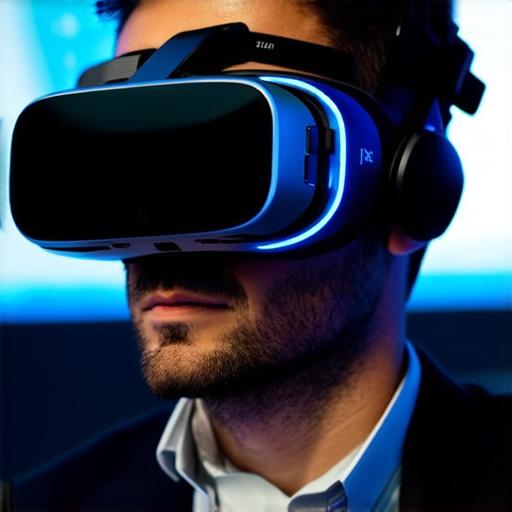
2. Virtual Reality in Construction
Virtual reality is being used extensively in construction to improve efficiency and reduce errors. For example, architects can use VR simulations to design and test new buildings before they are built, while construction workers can use VR simulations to practice complex tasks such as welding and scaffolding. This technology has been shown to be highly effective in reducing construction costs and improving safety on construction sites.
3. Virtual Reality in Gaming
Virtual reality is being used extensively in gaming to create highly immersive and engaging experiences. For example, gamers can use VR headsets to explore new worlds and interact with characters in a way that was previously impossible. This technology has been shown to be highly effective in improving player engagement and retention, as well as generating revenue through the sale of games and accessories.
Summary
Virtual reality is revolutionizing the AR development industry by providing an immersive environment that can be used for learning, training, creativity, and cost savings. This technology has the potential to transform a wide range of industries, from healthcare and construction to gaming and entertainment. As virtual reality continues to evolve and become more accessible, we can expect to see even more innovative uses of this technology in the future.
FAQs
1. What is virtual reality?
Virtual reality is a computer-generated simulation that creates an immersive experience for the user. It uses sensors and headsets to track movements and create a realistic environment that the user can interact with.
2. How does virtual reality benefit AR development?
Virtual reality provides an immersive environment that can be used for learning, training, creativity, and cost savings. This technology has the potential to transform a wide range of industries by providing a safe and controlled environment for employees to practice new skills and test new products.
3. What are some real-life examples of virtual reality in action?
Virtual reality is being used extensively in healthcare, construction, and gaming to improve patient outcomes, reduce costs, and create highly immersive experiences. This technology has the potential to transform a wide range of industries by providing a safe and controlled environment for employees to practice new skills and test new products.

